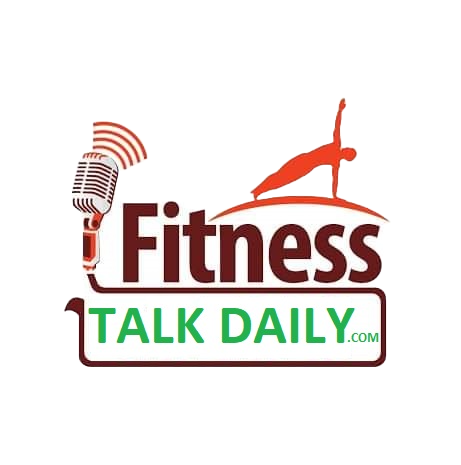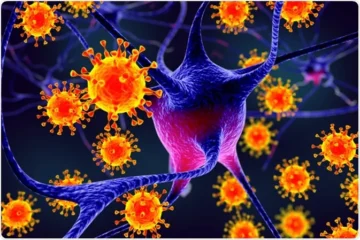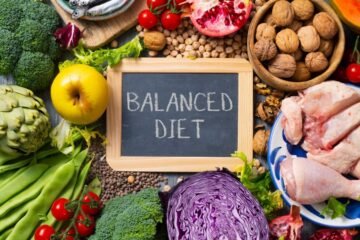Introduaction:-
When it comes to weight loss, there are numerous strategies to choose from. Fasting, eating earlier in the day, and reducing the number of meals you eat are all popular approaches. But which one is truly the most effective for achieving weight loss goals? In this article, we will explore the pros and cons of each method to help you decide what works best for your lifestyle and health goals.
1. Fasting for Weight Loss: Does It Work?
Fasting is a popular weight loss strategy that involves cycles of eating and not eating. There are different types of fasting, such as intermittent fasting (IF), time-restricted eating, and prolonged fasting. By reducing the time you spend eating each day, fasting can help lower calorie intake and promote fat loss.
How Does Fasting Help with Weight Loss?
Fasting works by triggering several metabolic changes in the body. When you fast, your insulin levels decrease, promoting fat burning. Additionally, fasting can increase the production of norepinephrine, a fat-burning hormone. By restricting your eating window, fasting helps control hunger and calorie consumption, which can ultimately lead to weight loss.
Pro Tip: Start with a 16-hour fast (16:8 method), where you fast for 16 hours and eat during an 8-hour window, to ease into intermittent fasting.
2. Eating Earlier in the Day: Can It Help You Shed Pounds?
Another popular strategy is eating earlier in the day, typically following a pattern known as “early time-restricted eating” (eTRE). This approach involves eating most of your calories earlier in the day and avoiding eating late at night. Research suggests that eating earlier in the day may improve your metabolism and lead to better weight loss results.
Why Eating Earlier Might Work for Weight Loss
Eating earlier in the day allows your body to burn off calories and utilize energy throughout the day. Consuming larger meals in the morning and afternoon helps regulate blood sugar levels and avoids late-night snacking, which can contribute to overeating. Moreover, your body tends to be more insulin-sensitive earlier in the day, helping you store and use energy more efficiently.
Pro Tip: Try eating your largest meal at breakfast or lunch, and avoid heavy dinners after 6 p.m. to support your weight loss goals.
3. Eating Fewer Meals: Is It Effective for Weight Loss?
Eating fewer meals throughout the day is another strategy some people use to reduce calorie intake. This method typically involves eating two or three larger meals rather than five or six smaller ones. By reducing the frequency of eating, you may help control portions and prevent excessive calorie consumption.
How Eating Fewer Meals Aids Weight Loss
When you eat fewer meals, you naturally consume fewer calories. Fewer meals can also reduce hunger and prevent mindless snacking, which often leads to overeating. Additionally, fewer meals allow the body to focus on digestion for longer periods, potentially improving metabolism and fat-burning capabilities.
Pro Tip: Consider eating two larger meals with healthy snacks in between to maintain energy levels while reducing overall calorie intake.
Comparing the Three Approaches to Weight Loss:-
To make the best choice for your weight loss journey, it’s important to compare the benefits of fasting, eating earlier in the day, and eating fewer meals. Each method has its advantages, but it’s also crucial to consider factors like your schedule, personal preferences, and lifestyle.
Table: Comparing Weight Loss Strategies
| Strategy | Benefits | Potential Drawbacks |
|---|---|---|
| Fasting (Intermittent) | May boost fat burning, improve metabolism | Can be difficult for beginners, may cause hunger or irritability in the beginning |
| Eating Earlier in the Day | Helps regulate blood sugar, prevents late-night snacking | May require adjusting meal timing and habits |
| Eating Fewer Meals | Reduces calorie intake, prevents overeating | May lead to hunger or energy dips for some people |
What Works Best for You?
Ultimately, the best weight loss strategy depends on your personal preferences and lifestyle. Some people thrive on fasting, while others find it easier to eat earlier in the day or reduce meal frequency. The key is to choose an approach that feels sustainable and works well with your daily routine. You may even want to experiment with different methods to see which one delivers the best results for your body.
Infographic: Weight Loss Strategies Breakdown
[Here, an infographic could be added that visually compares fasting, eating earlier, and eating fewer meals with icons representing the benefits and challenges of each.]
Weight loss Strategy :-
When it comes to weight loss strategies, there’s no one-size-fits-all solution. Whether you choose fasting, eating earlier in the day, or eating fewer meals, the most important factor is consistency and finding what works best for your body. It’s essential to adopt a sustainable approach that aligns with your goals and lifestyle. Remember, achieving weight loss takes time and patience, so choose a method that you can maintain in the long run for lasting success.




